OCTOBER CALENDAR
1. National Hair Day, Fire Pup Day, National Homemade Cookie Day, National Consignment Day, National Child Health Day.
2. Name Your Car Day, National Custodial Workers Recognition Day.
3. National Coffee With A Cop Day, National Techies Day, National Boyfriend Day, National Walk To School Day, National Pumpkin Seed Day.
4. National Taco Day, National Golf Lover's Day.
5. National Body Language Day, National Get Funky Day, National Do Something Nice Day, National Apple Betty Day.
6. National Plus Size Appreciation Day, National Mad Hatter Day, National Noodle Day.
7. National LED Light Day, National Inner Beauty Day, National Frappe Day.
8. National Fluffernutter Day (that's a peanut butter and marshmallow fluff or cream sandwich), National Online Bank Day, National Kick Butt Day.
9. National Leif Erikson Day, National Moldy Cheese Day.
10. National Curves Day, National Angel Food Cake Day, National Cake Decorating Day, National Handbag (purse) Day, World Mental Health Day, National Emergency Nurses Day, National Bring Your Teddy Bear To Work/School Day, National Stop Bullying Day.
11. International Day Of The Girl Child, National Sausage Pizza Day, National Coming Out Day.
12. National Savings Day, National Freethought Day, National Farmers Day.
13. I Love Yarn Day, National Train Your Brain Day, National No Bra Day, National Chess Day, Navy Birthday, National Costume Swap Day, National Motorcycle Ride Day.
14. National Dessert Day, Be Bald and Be Free Day, Clergy Appreciation Day.
15. National Cheese Curd Day, National I Love Lucy Day, National Grouch Day, National White Cane Safety Day, National Clean Your Virtual Desktop Day.
16. National Dictionary Day, Global Cat Day, Department Store Day, Boss's Day.
17. National Edge Day, National Mulligan Day, National Pasta Day, Black Poetry Day, Hagfish Day, National Fossil Day, National Take Your Parents to Lunch Day, Medical Assistants Recognition Day.
18. National Chocolate Cupcake Day, National No Beard Day, National Get Smart About Credit Day, Get To Know Your Customers Day.
19. National Seafood Bisque Day, National LGBT Center Awareness Day, National Mammography Day.
20. National Youth Confidence Day, National Sweetest Day.
21. National Pumpkin Cheesecake Day, National Reptile Awareness Day.
22. National Nut Day, National Color Day.
23. National Boston Cream Pie Day, National Mole Day, National Talk Show Host Day, Swallows Depart From San Juan Capistrano Day, iPod Day.
24. National Food Day, United Nations Day.
25. Sourest Day (I guess if sweet can have a day, so can sour!), Chucky The Notorious Killer Doll Day.
26. National Day of the Deployed, National Mule Day, National Pumpkin Day, National Frankenstein Friday, National Breadstick Day.
27. National Black Cat Day, National Make A Difference Day.
28. National Chocolate Day (Isn't that every day???), National Mother-in-Law Day.
29. National Cat Day, National Oatmeal Day, National Hermit Day
30. National Speak Up For Service Day, National Publicist Day, National Candy Corn Day.
31. National Caramel Apple Day, National Knock-Knock Joke Day, National Magic Day, Girl Scouts Founders Day and, of course, HALLOWEEN!
I told you there was a lot to celebrate this month! Wow! This must be one of the busiest months of the entire year. With so many great things to celebrate, how does one choose? It won't be easy, but I'll whittle done my list to manageable number, then head to the store for my supplies. Whatever days you choose to celebrate, have a great month and be sure to come back on Monday. Until then, have a great weekend, stay safe, and
PEACE.
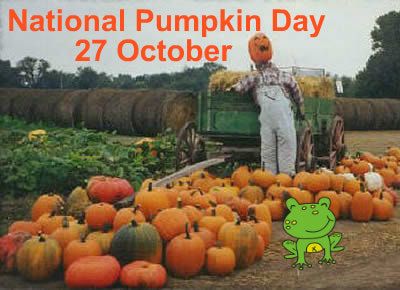
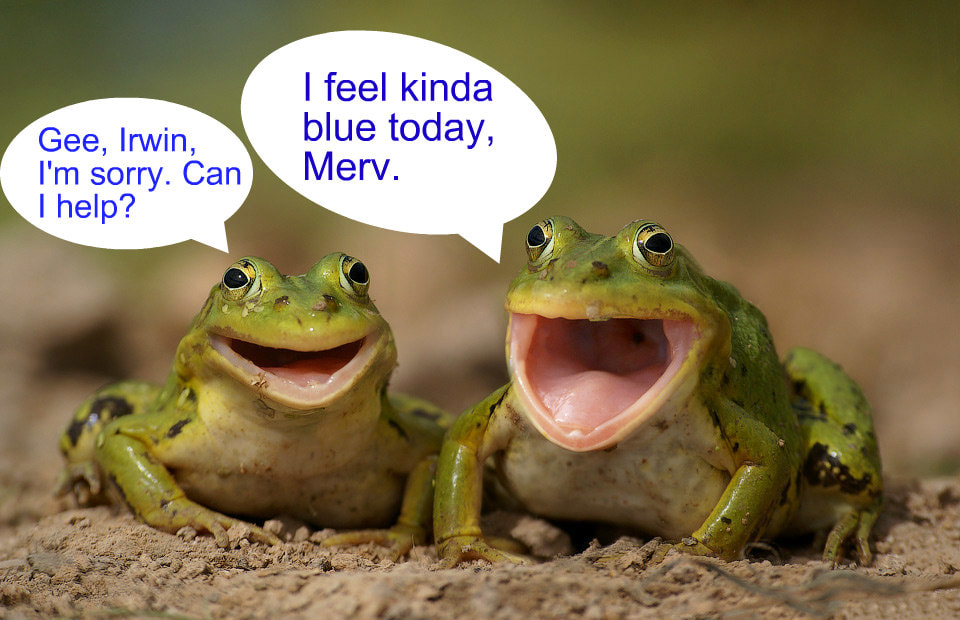

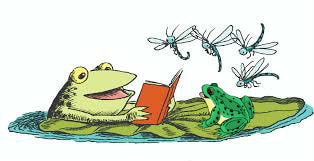

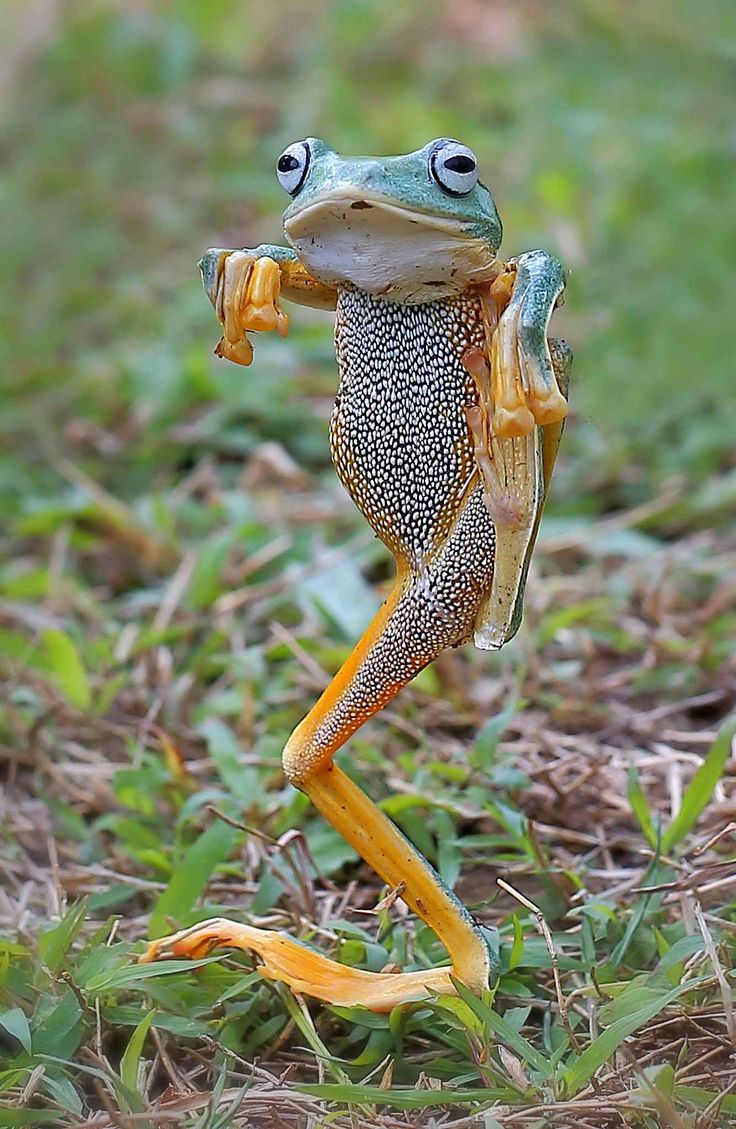

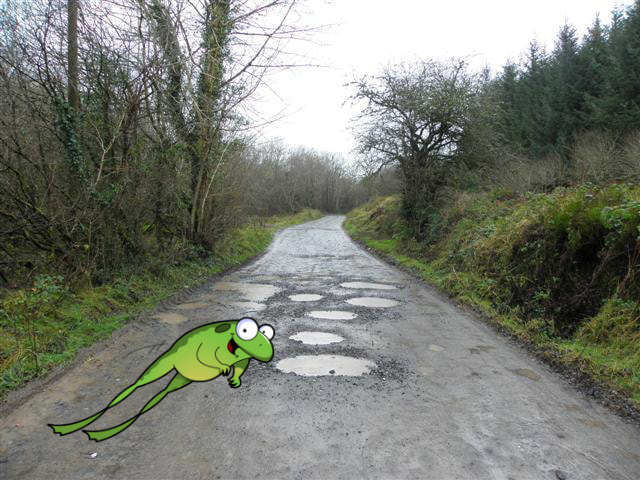


 RSS Feed
RSS Feed